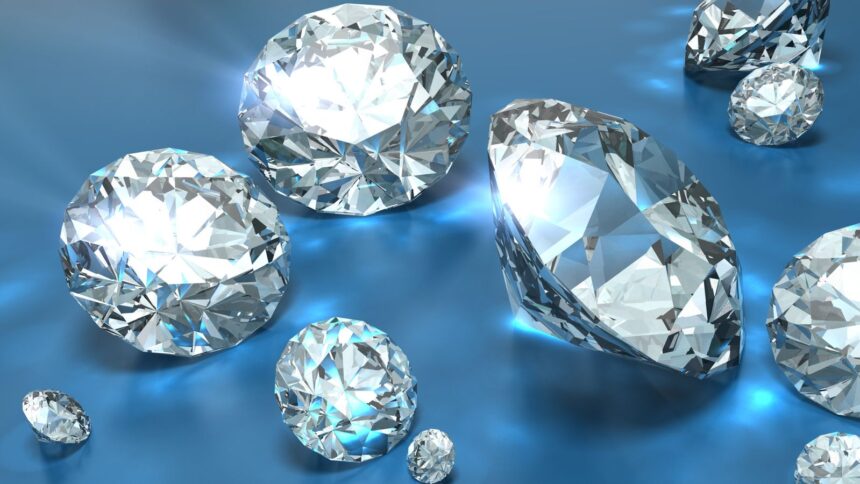According to recent studies, there may be a diamond layer up to 10 miles (18 km) thick beneath Mercury’s crust.
Researchers from China and Belgium based their predictions about the composition of the planet’s interior on data gathered by NASA’s MESSENGER mission between 2004 and 2015.
The diamond layer may have originated from one of two mechanisms, according to the researchers.
The formation of only a very thin diamond layer at the core/mantle interface is likely the result of the first process, which is the crystallization of the magma ocean, according to Space.com interviewee Olivier Namur, an associate professor at KU Leuven and member of the research team.
The second, and maybe most significant, is the Mercuryian metal core’s crystallization.”
Mr. Namur claims that the planet’s metal core was completely liquid when it was formed, gradually crystallizing over time. This occurred roughly 4.5 billion years ago.
In order to verify the notion, researchers replicated the temperatures and pressures found inside Mercury’s interior using a large-volume press.
In order to show how minerals would have changed when Mercury was produced, synthetic magnesium silicate was heated to 2,177 °C (3,950 °F) and subjected to seven gigapascals of pressure. This process also replicated diamond production under these conditions.







